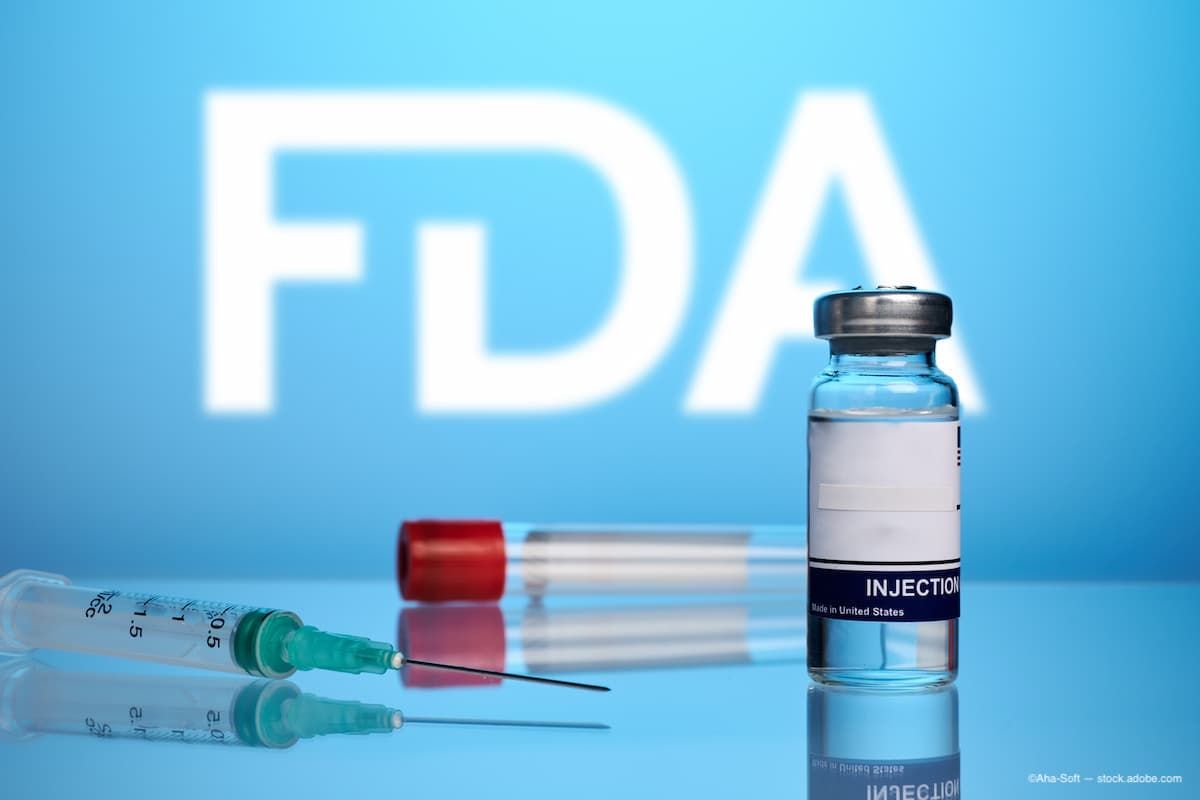News
Video
Part 3: Biggest innovations in ophthalmology in 50 years
Author(s):
In celebration of Ophthalmology Times 50th anniversary, we asked leading experts in the field what they see as the biggest innovation in ophthalmology in the last 5 decades.
In celebration of Ophthalmology Times 50th anniversary, we asked leading experts in the field what they see as the biggest innovation in ophthalmology in the last 5 decades.
Video Transcript:
Editor's note: The below transcript has been lightly edited for clarity.
Carol Karp, MD:
So I was just asked a challenging question: in celebrating 50 years of Ophthalmology Times, what has changed in ophthalmology and in my field, which is coronary and external disease, [I] had to think for a few minutes. There's so many things, but I would say first is the development of phacoemulsification by Charles Kelman that totally transformed our approach to cataract extraction. The amazing new options for intraocular lenses, for multifocality and increased depth. I would say, femtosecond laser, being able to precisely do certain steps of cataract surgery. Doing LASIK, which I learned 30-something years ago. So those have been dramatic. I would say in the corneal transplantation space, endothelial transplantation has been an incredible improvement for our patients with endothelial disease. Or even selective keratoplasty, where we just transplant the part that is diseased. And I'm looking forward to the future where we're able to do endothelial transplantation in a very simple way for the patients. And the final thing is for patients with stem cell deficiency. The group from India have taught us that we can now do simple limbal epithelial transplantation, and that has dramatically improved the lives of patients with stem cell deficiency. And in my space, which is the treatment of ocular surface tumors, I think the evolution of interferon and then topical therapies to treat neoplasias has also greatly improved the lives of our patients with ocular surface cancers.
Arjan Hura, MD:
Gosh, that's a hard question. We just came up on the 75th-year anniversary of the IOL, the one billionth IOL being placed in. I mean [it] may be the most significant surgery for humanity in terms of restoring sight and getting people their vision back. I would say similarly on the cataract surgery front the invention of phacoemulsification, or the journey it took to get there. I think, to be able to safely perform cataract surgery in a very elegant manner with very little downtime and recovery afterwards, I would say that's also been an incredible innovation for our field.
Ashley Wallace Tucker, OD, FAAO, FSLS
Something that I think is very special about what's happened in the last 50 years with ophthalmology is the focus on the patient's well-being. There's so many aspects of our field that we really can't do a lot about, like some of the retinal conditions, but ophthalmology has found ways to improve patient vision, improve their quality of life, with procedures, with medications that we never really thought could exist. So prime example, is for the longest there was no treatment for dry macular degeneration. We had to just watch patients progress, and ultimately, sometimes progress to wet macular degeneration. So late last year, there was an FDA approved treatment for dry macular degeneration, which has made a huge, huge, huge impact on the patients in my practice.
Brittany Simmons, MD:
So initially, all we could do for these would be surgery, but over the years, we've developed things that maybe have come and gone as far as fads, or who's taking care of these patients to repair them surgically. Sometimes you'll see a patient who has a laceration and now it's repaired with glue instead of traditional suturing. I don't love that. I still tend to fall into the camp of real surgery, but sometimes we'll see some of these trends. I think one of the biggest changes, though, is how we modulate our wounds long term. So now we have a lot of things we could do to inject maybe a scarred area, or to treat a keloid or a thickened scar. So we have a lot more wound modulating things, or even cosmetic treatment options for scars, lasers, silicone products. So I think that's been a really big change, and that can help us with the function of those tissues that were injured, but also the appearance of them.
Newsletter
Don’t miss out—get Ophthalmology Times updates on the latest clinical advancements and expert interviews, straight to your inbox.





